What Is PRINCE2? 2025 Guide to Projects in Controlled Environments
Project managers are familiar with Scrum, Kanban, and Scrumban methodologies, but many are puzzled when PRINCE2 is mentioned. In this guide, we'll look at this project management methodology and will help you answer the question: What is PRINCE2?
Key Takeaways: What Is PRINCE2?
- PRINCE2 is a highly structured project management methodology that’s ideal for large organizations and complex projects.
- While PRINCE2 is historically a Linear methodology, it has evolved and can now be used with Agile methods.
- PRINCE2 is not suitable for small teams managing simple projects due to its complex structure.
Don’t worry if you’re not familiar with the PRINCE2 method. In fact, most working professionals are bewildered when asked, what is PRINCE2? PRINCE2, which stands for PRojects IN Controlled Environments, is a highly structured approach to project management that’s mainly used by enormous organizations and government agencies.
We briefly covered PRINCE2 in our project management methodology roundup, and it garnered enough attention that we decided to create this guide. If you have a hankering for all things PRINCE2 — which is predominantly a linear project management framework — and want to see if this method is for you, you’re in the right place.
In the following sections, we will cover everything from the history of PRINCE2 to its six aspects, seven principles, and even the exams and certifications that are available for those who want to learn more.
History of PRINCE2
A project management method known as PROMPT (project resource organization management planning technique) was designed by Simpact Systems in 1975. The U.K. government licensed this method, and it was quickly adjusted to create a new project management standard for IT projects. The new standard was called PRINCE.
Avoid Costly Project Management Mistakes – Get Free Tips Today!

- Discover 10 fundamentals of project management
- Understand step-by-step plans for PM execution
- Learn tips to avoid 5 common mistakes by beginners
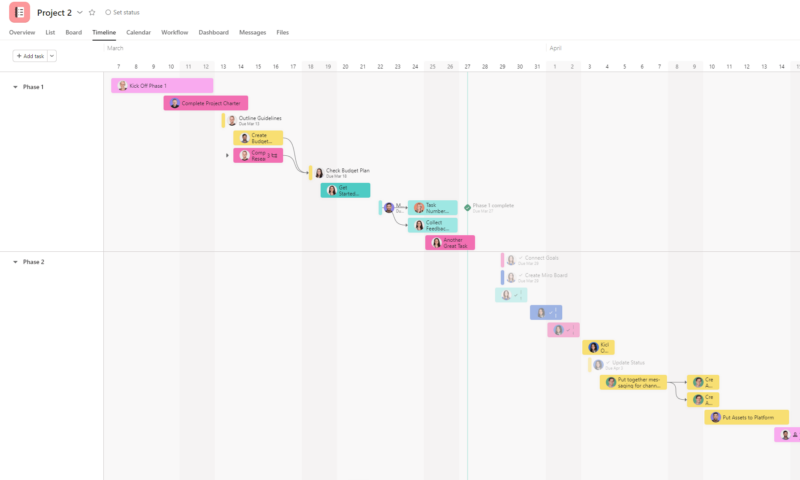
When officials found that PRINCE methods could be used to manage numerous types of projects — not just IT-based ones — guides and training methods were updated to remove any mention of uses in IT fields. The next version, launched in 1996 by Her Majesty’s (HM) Cabinet Office, was called PRINCE2.
The 6 Aspects of PRINCE2
Our team of experts has used many project management methodologies, and we can tell you that PRINCE2 is not for the faint of heart. PRINCE2 has many moving parts and multiple scopes, principles and phases. However, this level of structure makes the methodology appeal to companies that want total control over projects.
In the following section, we will cover the six phases of PRINCE2. Each aspect is a phase of the project that must be managed. The idea of PRINCE2 is to ensure that every part of a project is accounted for and that the project is worth pursuing. Below, we’ll go over the six phases.
1. Project Scope
When defining the project scope, team members list and explain the project’s overall goal, establish deadlines, and explain the project deliverables. By setting these boundaries up front, project managers know what to expect before the project begins.
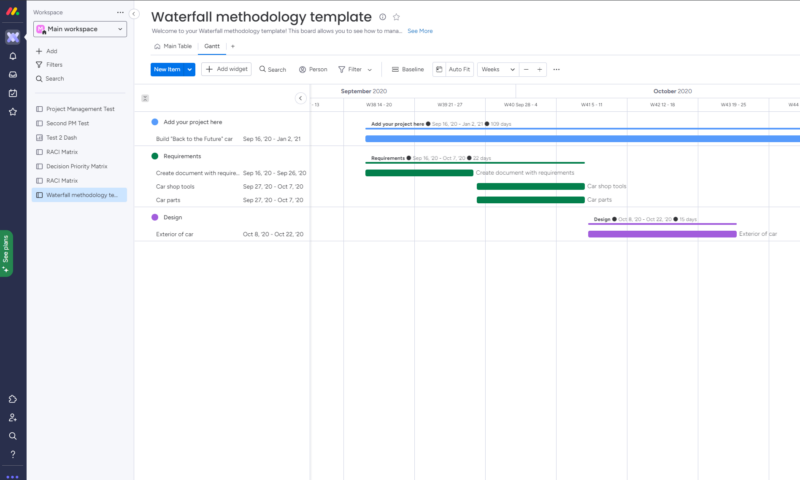
2. Costs
As you can imagine, cost control was a huge part of project design for government agencies. Every penny had to be accounted for. When using PRINCE2, all finances and budgets are discussed in detail and planned so that the project comes in at or under budget.
3. Timescales
Every project has a deadline, and projects in PRINCE2 are no different. The project board sets a deadline for the overall project and assigns deadlines and timescales for each task within the project. Before the project begins, the project manager and team know how the timeline looks.
4. Risk
Risk is something that everyone has to deal with, including project managers. The risk aspect of PRINCE2 helps project leaders recognize and plan for issues that might arise during the project. With a risk plan in place, dealing with problems should be easier.
5. Quality
The quality aspect of PRINCE2 is designed to ensure that every part of the project and the deliverables to the client meet the highest standards possible. By sitting down with your client and listening to their needs and expectations, setting quality goals is easy to do.
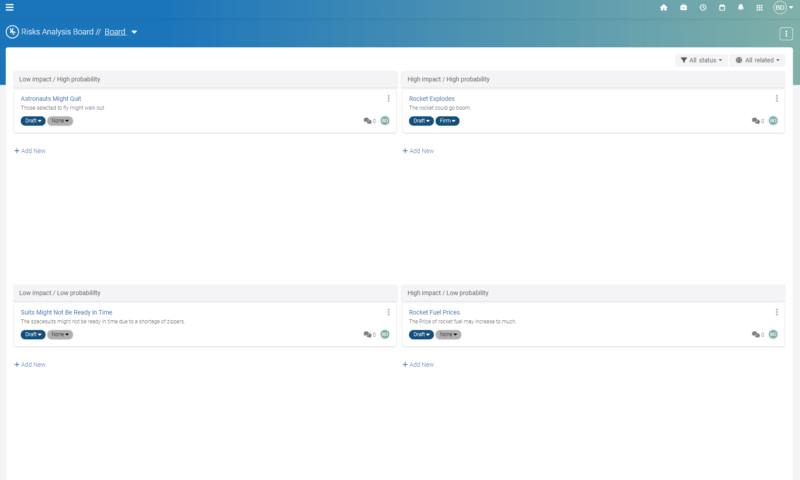
6. Benefits
One of the main points of using PRINCE2 is to ensure that every project has a valid reason and that work isn’t just being done for the sake of it. The “benefit” aspect of PRINCE2 helps managers build a business case that explains the project’s purpose, highlights its strategic benefits and shows the financial gains it may bring.
7 Principles of PRINCE2 Project Management
PRINCE2 is based on seven key principles that help set the project framework and participants’ mindsets. Every principle must be followed if you want your way of working to be considered PRINCE2. We’ll go over the seven principles below.
1. Continued Business Justification
During the planning stage, the project management team develops a business case document. This document is referred to and refined while the project remains viable. Should the project’s viability vanish, the project board will cancel the project.
2. Learn From Experience
PRINCE2 mandates that project members use lesson logs. The lesson logs document successes and failures so that future project managers can see what worked and what didn’t. Fortunately, many project management tools that made our roundup of the best project management software have wikis and tools that can be used as lesson logs.
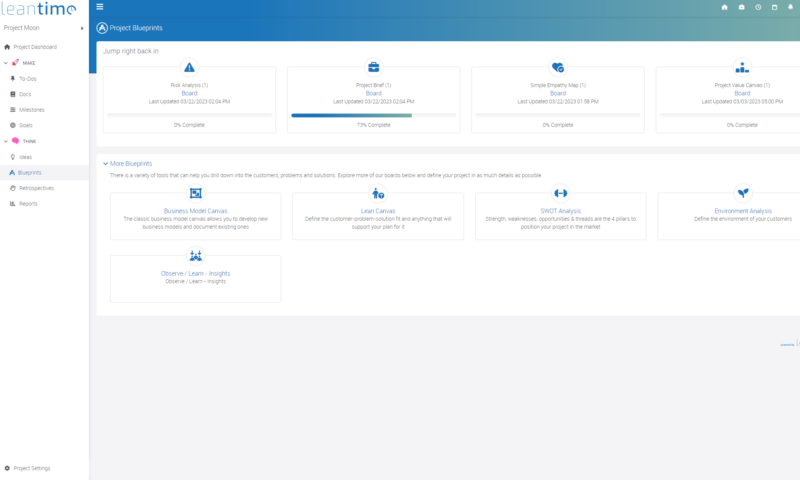
3. Define Roles and Responsibilities
Every role and the responsibilities of each role are defined so that all project team members know what they are doing and what everyone else is responsible for. This helps with communication as team members know who to approach for different issues. You’ll find that RACI charts that help define rolls are often used alongside PRINCE2 methods.
4. Manage by Stages
The project manager breaks down projects into stages with due dates and milestones so that complex portions of the project are less demanding. As each stage is completed, the risk and lesson logs and the business case documents are updated.
5. Manage by Exception
Project managers work within a range of tolerances. Should a problem arise, the project manager can shift course — within the set tolerances — to try and fix the situation. Should the problem become worse, the project manager must notify the project board so that action can be taken.
6. Focus on Products
Quality control is a key aspect of the PRINCE2 method. The project team must always keep their eyes on the project deliverables. The quality requirements listed in the quality register must dictate the work performed and not vice versa.
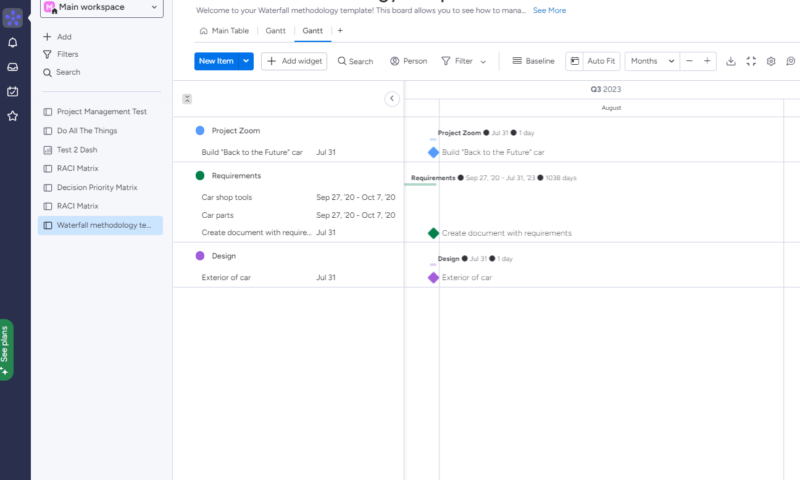
providing a great way to manage projects by stages.
7. Tailor to the Environment
Every project is different. The good news is that the PRINCE2 method is flexible enough to adapt to your project environment. You can adjust the team size, timelines and planning, risk management, and more to suit your clients’ needs.
7 Phases of PRINCE2 Project Management
The PRINCE2 method uses seven phases to manage projects effectively. The seven phases can help the project team stay the course from project initiation to completion. Below, we’ll explain the seven phases of PRINCE2.
1. Starting Up a Project
Starting up a project is when all parties come together to create a project brief, a stage plan and the business case. The idea is to determine whether the project is viable. If the project gets the go-ahead, a project mandate is created.
2. Initiating a Project
During the initiation phase, the project board chooses their project manager, who then works on project initiation documentation. This includes defining the project’s scope, costs, timelines, risks, product quality and benefits.
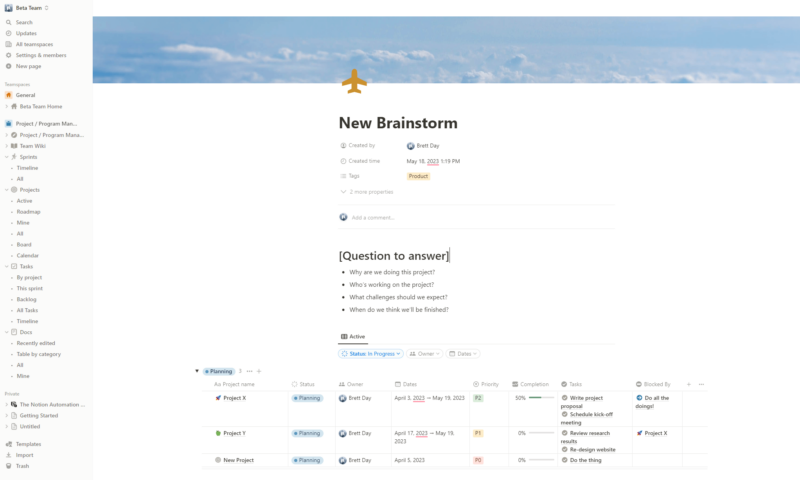
that allow you to collaborate on documents in real time.
3. Directing a Project
The project board directs the project from start to finish. The project board is responsible for initiating the project, setting stage boundaries, ad hoc direction, delivering the product and closing the project.
4. Controlling a Stage
The project and team manager control the project stages. The project manager breaks up stages into bite-sized chunks that are easy to manage. They assign tasks and handle problems. The team manager organizes daily tasks focused on risk management and change control and acts as a liaison between the project team and the project manager.
5. Managing Product Delivery
Managing product delivery is the act of accepting and executing work, ensuring the quality of the deliverable and communicating among the team, the manager and the board. In this phase, the board also decides if the product needs to be revised or is approved for delivery.
6. Managing Stage Boundaries
At the end of every stage, the project manager and the project board meet to review the project’s progress. Should all be going well, the board will approve the next project stage, and the business case and project plan will be updated. The project manager also meets with the team to update the lesson and risk logs.
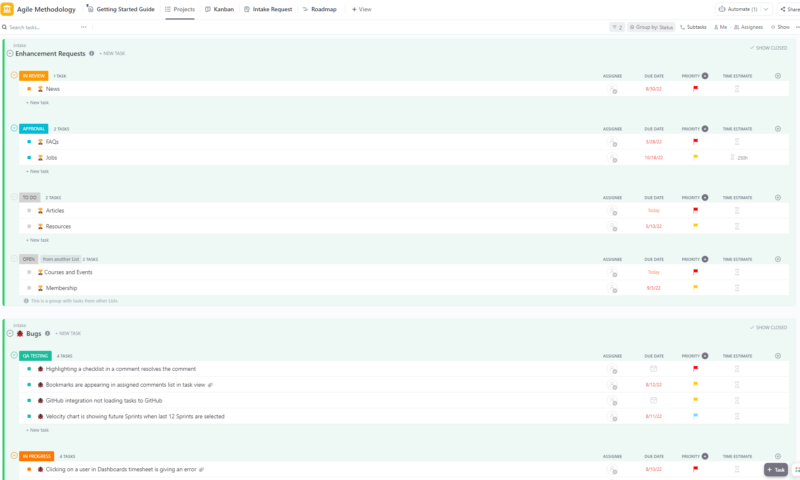
7. Closing a Project
The last phase is closing the project. Everyone ensures that the deliverables meet the set standards and that all tasks have been fully completed. The deliverable is handed over to the client, the project is evaluated, and the project manager submits a request to close the project to the project board.
PRINCE2 Project Roles
The PRINCE2 method requires a controlled project environment. Because of this, all roles are set before the project starts. In this section, we’ll look at the key roles in PRINCE2.
- Project Manager — Creates, plans, executes and controls all project stages
- Team Manager — Supervises the team and ensures good communication
- Project Team — The team that executes the work on the deliverables
- Project Board — High-level executives who make critical project decisions
- Customer — Who you’re working for and who pays for the deliverable
This is a quick breakdown of the key roles in PRINCE2. Many more positions exist. Some of the other critical roles include the senior supplier who provides resources and expertise to the project. Business sponsors ensure that the project provides value for the money, and users who receive and use the created products.
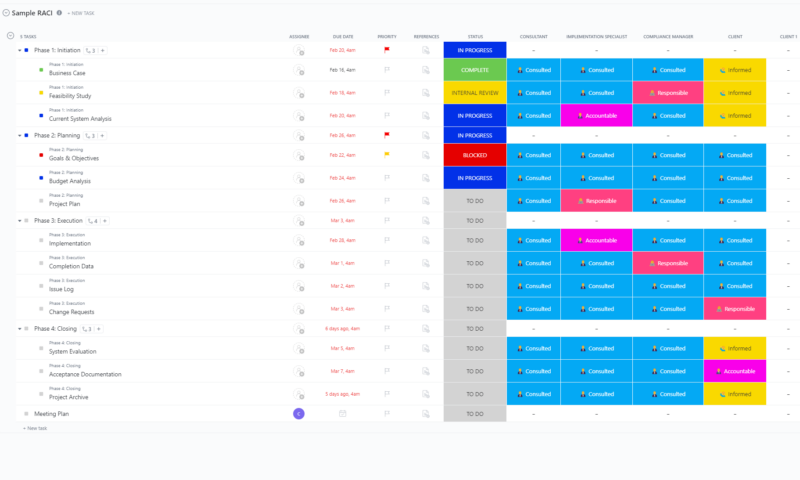
We would be remiss not to mention that the project board consists of three people: an executive whose shoulders carry the weight of the project, a senior user who represents the users’ requirements and a senior supplier who represents the supplier’s interests.
On top of this, there are also project support roles that help the project manager handle administration duties, and project assurance specialists who protect the interests of the board members by providing independent views.
PRINCE2 Certifications
While project management certification is not required to use PRINCE2, getting a certification is highly recommended. Below, we’ll quickly cover the currently available PRINCE2 certifications.
- PRINCE2 Foundation — Provides an introduction to PRINCE2’s management methods, principles, phases, themes and terminology.
- PRINCE2 Practitioner — Readies you to incorporate PRINCE2 methods into many project management scenarios.
- PRINCE2 Agile Foundation — Suitable for project managers who want to understand PRINCE2 governance with Agile concepts.
- PRINCE2 Agile Practitioner — Teaches students how to combine Agile methods within the framework of PRINCE2.
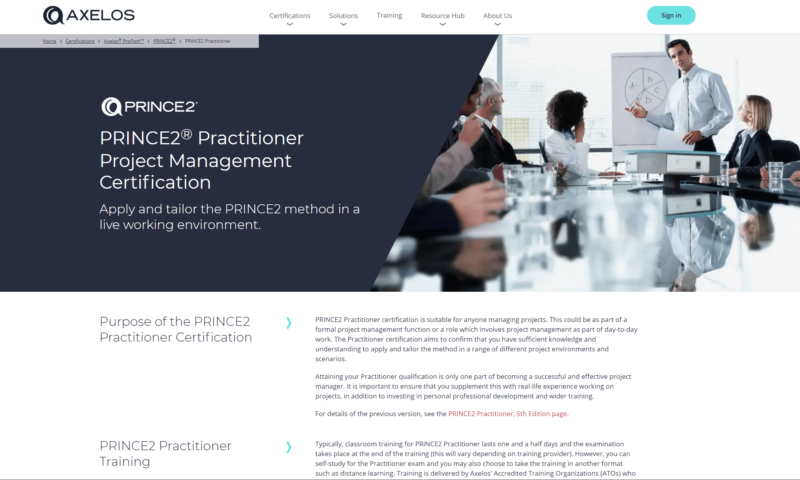
It’s worth noting that there are prerequisites for the PRINCE2 Practitioner and PRINCE2 Agile exams. To sit for either test, you must show proof of one of the following certifications:
- PRINCE2 Foundation certificate
- Project Management Qualification (PMQ)
- Project Professional Qualification (PPQ)
- Project Management Professional (PMP)
- Certified Associate in Project Management (CAPM)
- IPMA Level A, B, C or D
The exams are available through various online organizations. Just be sure they offer courses for the newest edition of PRINCE2 and that they’re accredited.
Alternatives to PRINCE2
If you have decided that PRINCE2 isn’t for you but still want a project management certification, you have options. PMP (project management professional) is a universally recognized certification that the Project Management Institute offers. You’ll learn about the five stages of projects and various methodologies like Hybrid, Agile and Linear. You’ll also learn how to become efficient.
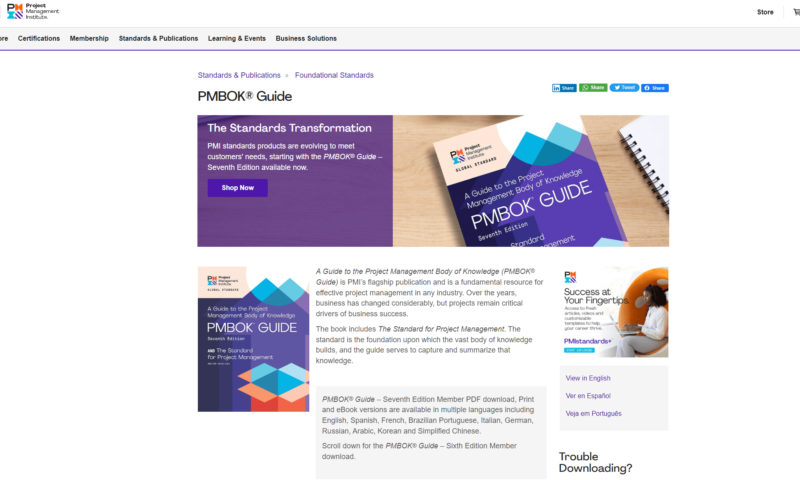
CAPM (Certified Associate in Project Management) is another sought-after certification that PMI offers. CAPM is a globally recognized certification that shows prospective employers that you have a sound knowledge of project management fundamentals, scopes, schedules, cost control, resource and risk management, and more.
PRINCE2 vs PMP vs Agile
There are differences between PRINCE2, PMP and Agile methods. PMP (project management professional) certification is taught by the PMI (Project Management Institute) and is based on the PMBOK (project management body of knowledge). This certification is common in the U.S. PRINCE2 is owned by Axelos and is more popular in the U.K. and Europe.
Agile is a way of working rather than a certification. However, certifications are available for Agile methods such as kanban and Scrum, Scrumban, XP and more. We have a separate guide on the differences between PRINCE2 and Agile.
Final Thoughts: PRINCE2 for Managing Projects
The PRINCE2 method offers a fascinating way to manage projects. PRINCE2 forces everyone involved to ask questions, track every metric, double down on standards and work efficiently to minimize risk and cost and maximize time. PRINCE2 is versatile and can be used with linear project management methods like Waterfall and Agile methods like kanban.
While PRINCE2 is a comprehensive project management methodology, it’s essential to recognize that successful IT projects often require a broader perspective. ITIL, a framework for IT service management, complements PRINCE2 by providing a structured approach to delivering and supporting IT services. Check out our guide on ITIL Certification for more info.
If you’re looking for a highly structured project management methodology that won’t let your company and project management team leave any stone unturned, you might want to take a closer look at the PRINCE2 method. Are you interested in PRINCE2? Have you used it, or do you use the method now? Let us know in the comments, and as always, thanks for reading.
FAQ: Complete Guide to PRINCE2
They are not the same. PRINCE2 and PMP are different project management certifications.
The purpose of the PRINCE2 methodology is to set companies and agencies up for success by making those involved ask the who, what, when, where, how and why questions of every project.
PRINCE2 is a project management methodology that makes project leaders and stakeholders organize, plan, execute and revisit every part of every task multiple times to ensure that quality products are delivered to the customer.


